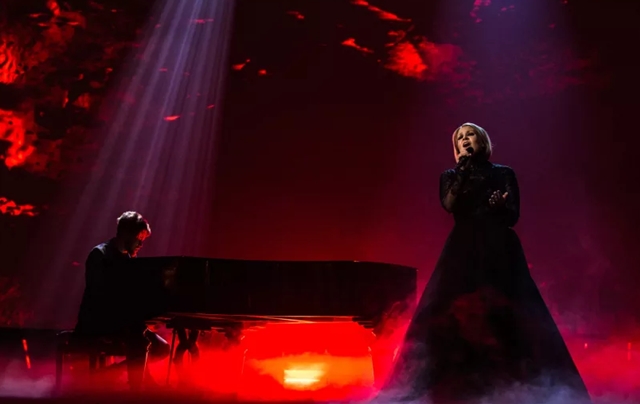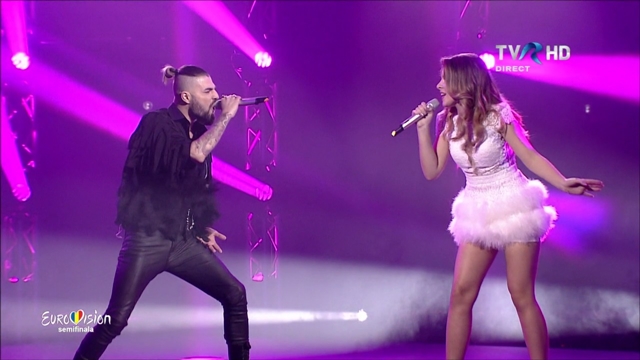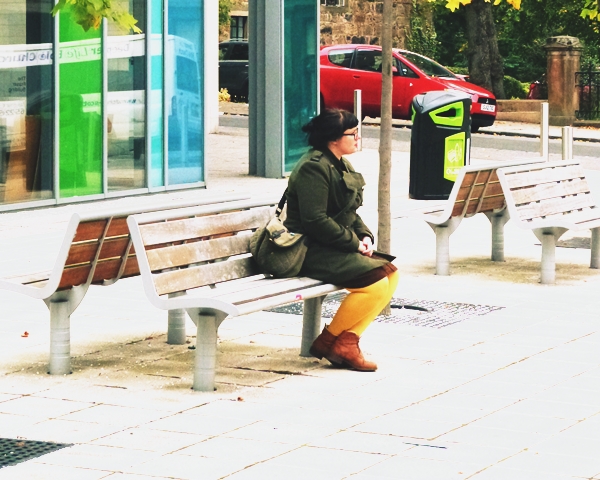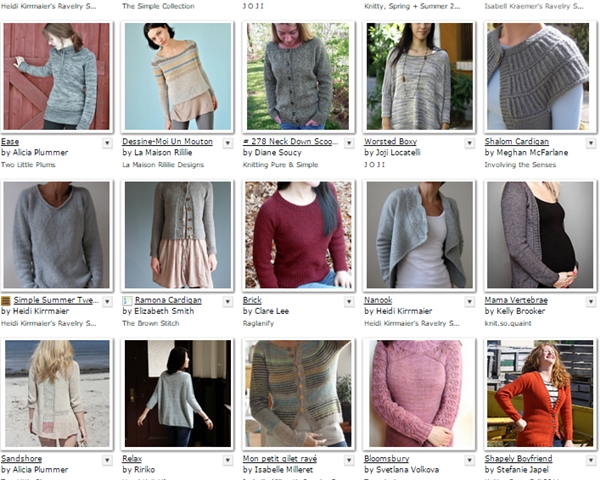According to my archives, I write an 'annual' Eurovision post every 3-5 years. Last year Ukraine gained a surprising, but well-deserved win with their haunting 1944 written and performed by Jamala. It is one of the most 'difficult' songs to ever win* but Jamala's raw, emotional and technically superb performance stood out among a sea of cookie-cutter tracks. And so the contest will be held in Kiev this year. (* 1963's winner Dansevise spring to mind as another quirky one.)
Like most years, last year's winner has influenced a lot of selections, so we are wading through a sea of Sad Female Balladeers. You have been warned. Most of them will have fallen by the wayside once we get to the Grand Final, but if you plan on watching the Semis, make sure to have some coffee ready. You'll need caffeine (and snacks - always snacks).
Semi-Final 1 (It Is The Strong One):
- One of the red-hot favourites appears as the very, very first entry. Sweden has sent the lean, slick pop machine of Robin Bengtsson's I Can't Go On. This Robbie Williams/Justin Timberlake hybrid is hard to fault, except it is perhaps too smug and impressed with its own brilliance.
- Strong vocal performances from Georgia, Albania, Poland, and the Czech Republic cannot disguise the fact they are all Sad Female Balladeers. They all need big performances and outstanding staging to stand out from the rest of the pack. I am not sure they can manage that.
- Finland also has a Sad Female Balladeer but it stands out - and not just because it also has a Sad Man At Piano. Norma John's Blackbird reminds me of Annie Lennox at her most sparse and interesting. Hopefully they won't change the staging too much: at its national finale, it was atmospheric and gorgeous.

- Belgium has one of the pre-contest favourites. The country has quietly become one of the strongest competitors (2015's Rhythm Inside, anyone?) and this year the hype is deafening. Blanche's City Lights is just stunning. It is a song meant for the radio, the end credits of a great film, your headphones .. but is it meant for Eurovision? I hope its introspection will translate well to the stage. It deserves all the love in the world.
- Slovenia has sent Omar Naber for the second time. The 2017 entry is a Sad Male Ballad, so I'm going to link you his 2005 effort instead which never made it out of the semi-final but which has been in my heart for 12 years. #justice4stop
- Another underperforming country is Iceland which has sent us several great tracks over the years that never quite made a suitable impact. I freaking love this year's song from Svala with its cool Chvrches vibe, but I'm not fooling myself into thinking it'll do well. It's all a bit too brittle and remote for Eurovision.
- One of the great rivalries at 21st century ESC is the one between Azerbaijan and Armenia. This year Azerbaijan edges ahead with the cool Dihaj and Skeletons, but Armenia possesses a song that's the closest to a Big Balkan Ballad we get this year (even though they are nowhere near the Balkan region, obviously). The BBB is a perennial favourite with Eurovision viewers, so it could surprise.
- Speaking of surprises, I never thought I'd be head-over-heels in love with a song from Portugal. I never imagined I could get goosebumps from listening to a Eurovision entry sung in Portuguese by a scuffy-looking man. And then Salvador Sobral started singing. ESC fans have criticised the song for being old-fashioned, but this is the year Ryan Gosling nearly tap-danced his way to an Oscar in La La Land. Salvador Sobral's song is both timeless and very, very now. I'll be listening to this in 2037.
[embed]https://youtu.be/W7Dp-UM24q0[/embed]
Semi-Final 2 (The Other One):
- The run of Sad Female Balladeers continues, but at least The Netherlands is giving us a Wilson Phillips tribute act with Lights and Shadows. I never liked Hold On first time around and I'm not a fan of this one either.
- I do really, really, really like Macedonia's entry. Jana's Dance Alone is pure synth-pop goodness with shades of Kylie, Robyn and Tegan & Sara. This is a potential Top 5 and I'll be dancing like a loon to eminently quotable lines like "I let the pavement be my catwalk". Please, please let the staging be amazing.

- From the sublime to the ridiculous: Romania provides us with the novelty hit of the year with the horrific Yodel It. It'd be to everyone's credit if this track died in the semi-final because the Saturday casual viewing crowd will award this gimmicky trainwreck far more points than it deserves. It is my least favourite track this year. Horrid on all levels.
- This semi-final has its share of Sad Female Balladeers, but we are also blessed with a number of Generic Male Pop Singers. Austria sounds like it was written for an aspirational lifestyle ad, Ireland has sent its latest Louis Walsh protegee (your gran will love it), and Bulgaria brings the best of the bunch. Norway brings up the rear with the cookie-cutter Grab the Moment.
- Israel is upbeat, thankfully, and although it isn't particularly interesting, it could do well if staged with energy. I'm reminded of Israel's 2015 entry which I didn't rate until I saw it on the big stage - this year has the same potential to be the crowdpleaser of the night.
- I'm of A Certain Age, so my first thought on hearing Estonia's Verona was 1980s German pop duo Modern Talking. Granted, this sound has also been mined by Lady Gaga for the epic Bad Romance, so it's not all bad. Verona has a real ear-worm quality to it with a strong 1980s pop sound, but I worry about the delivery on the night. If Koit & Laura manage to connect with each other & the camera, this could go far but it could also easily end up as dad-dancefloor cheese.
- Ah, the batshit-crazy song from Croatia. It sounds like a Disney/pop-opera mash-up until you realise that Jacques is singing both voices. I have no idea how he's going to do this live nor how it will avoid looking utterly insane on stage. It would have worked a bit better if it had been a duet, but .. it is bizarre and incoherent.
- Finally, Belarus has managed to send its best contestants ever. NAVIBAND's My History is charming, folksy and upbeat with a great "ha! ha!" moment in the chorus. The song sounds like it'd fit into a Crowded House album (Woodface-era) by way of Mumford & Sons, and there is a lovely early '90s vibe to the whole performance. I cross my fingers that this finds its audience.[embed]https://youtu.be/ElqbLPcTHAI[/embed]
The Final:
- The Big Five are pre-qualifiers: Spain is hopeless, France is once again excellent and will probably underperform (see 2013's Amandine), Germany has sent a wanna-be Sia with a generic song, and UK is a Sad Female Balladeer (incredible voice; underwhelming song). And before we get to the last of the Big Five pre-qualifiers, Ukraine are also pre-qualified as hosts. I'll also get back to Ukraine in a second.
- The last of the Big Five is Italy and they are entering the competition as absolute favourites. I'm personally not convinced we will see an Italian win - but Occidentali's Karma will be a Top 5 song, no doubt. I have the same problems with Italy as I have with Sweden - I don't feel a connection, it is entirely too self-aware of its own brilliance, and it has a calculated gimmick. Mind you, I felt the same about Denmark in 2013 and Sweden in 2015. They both won.
- Finally, Ukraine. They have entered a rock band and I like seeing rock bands at Eurovision (hello 2008). O.Torvald's Time is perfectly fine, but it also highlights the big problem this year's contest has. Here is the original staging of the song - for obvious reasons, they changed it. [embed]https://youtu.be/HVY-CWt5fOM?t=1m44s[/embed]
Politics have always been part of Eurovision. The contest was started as an attempt to bring Europe together after the horrors of World War 2, and you even had Italy win in 1990 with Insieme: 1992 - a song that explicitly celebrates the fall of the Berlin Wall: "With you, under the same flags / You & I under the same sky / Together, unite unite, Europe / We're more and more free / It's no longer a dream and you're no longer alone (..) / Europe is not far away". In recent years, the tone is less celebratory and less peaceful. Georgia withdrew in 2009 with a song called "We Don't Wanna Put In" (spot the unsubtle message) and its 2009 singer is actually back this year with a song which was staged in Georgia with explicit anti-war messages flashing.
Much of the pre-contest coverage this year has centered on Russia fielding a singer who is legally unable to perform in Ukraine. ESC Insight has an excellent article about the geopolitical forces behind all this. Russia has withdrawn from this year's contest (as of yesterday), but expect politics to rumble on. Eurovision has always been used as a way to present your nation on a grand stage (literally) and many people have vested interests in telling a specific version of their country's story to a mass audience. Be prepared to see a lot of not-very-subtle political messaging even if the EBU are trying to smooth things over.
We live in troubled times, but the tagline of Eurovision 2017 is Celebrate Diversity and I'll be doing just that in May.








